
Review on Castable Refractory Cement by Rutland Products by Jerome Pritchard

Not bad if you learn the methods
A definite learning curve here. Not as forgiving as brick and block mortar, but with practice and experience anyone who can get good results with masonry mortar can have success with refractory cement. It is very important to read and follow the instructions, which make working with this material seem easier than it really is. For my purposes involving building refractory brick arches for the roof of a wood stove, I've found it worth working in small batches. A small batch is so easy to mix that there's no point chasing pot life hours with a large batch. Please note that the larger the batch, the faster it heats and sets. The heat is your enemy here. One thing that really helps is keeping the cement cool before mixing and using ice water without ice cubes. I've found that I can mix equal amounts of sand and cement to get great results in terms of grip and compression. Strength. Certainly some loss in tensile strength but perhaps an increase in shear strength. So. Save good money with some clean construction sand. It's best when wet enough to hold the shape of a tennis ball sized ball, but when dry just add a little more water. Avoid very wet sand as this cement works best when dry enough. Remains hard and durable when heated to a bright yellow color. That's about 2000 degrees Fahrenheit. My recipe for small batches is 1 liter of sand, 1 liter of cement, and a cup and a half of water. It takes about five pounds of cement. When using cold materials and cold water, the pot life is 25 minutes from the time water is added to the premixed sand and cement. It is best to use a mixing bowl instead of a bucket as this is much easier to mix and does not tend to self-heat. I like the sturdy 10 gallon bag. It also turned out to be easier to work with than a bucket. Additional report: I made a trial batch of equal amounts of mortar, sand and cement using the suggested water to cement ratio. After curing and heating slowly with a heat gun, I used a propane torch to heat a quarter of a 1 1/4 inch diameter test ball to a yellow glow for one minute. During that time I stabbed it with a office knife. Couldn't detect any softening and saw no signs of failure. Good idea to check, but go ahead. Be creative.
- Weight
- Some little things
New products
Comments (0)
Top products in 🔧 Contact Cements
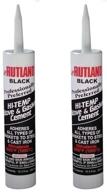
Rutland Stove Gasket Cement Cartridge

3 Review
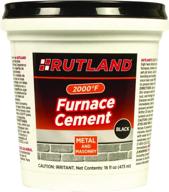
🔥 Long-lasting and Versatile Rutland Furnace Cement 16 Black: Ideal for All High-Heat Applications

3 Review
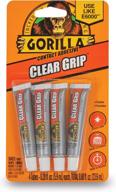
Gorilla Clear Grip Waterproof Contact Adhesive Minis, 4 .2Oz Tubes, Transparent Glue (1 Pack)

19 Review
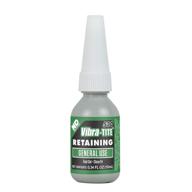
Vibra TITE 530 Retaining Compound: Boosted Anaerobic Solution

4 Review
Another interesting products
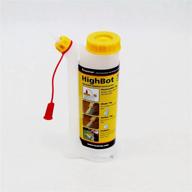
🪚 FastCap Highbot FC2182 Woodworking Oz

9 Review
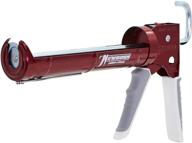
🔒 GTD Drip-Free Caulking Cartridge Tapes, Adhesives & Sealants for Newborn 930 Series

10 Review

🔧 Homax 5850 10 06 Perfect Caulk Finisher: Achieve Flawless Finishes Effortlessly!

9 Review
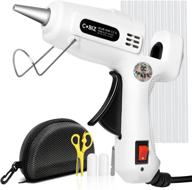
🎄 Cobiz Premium Sticks: The Perfect Holiday Decoration for a Festive Touch

9 Review

